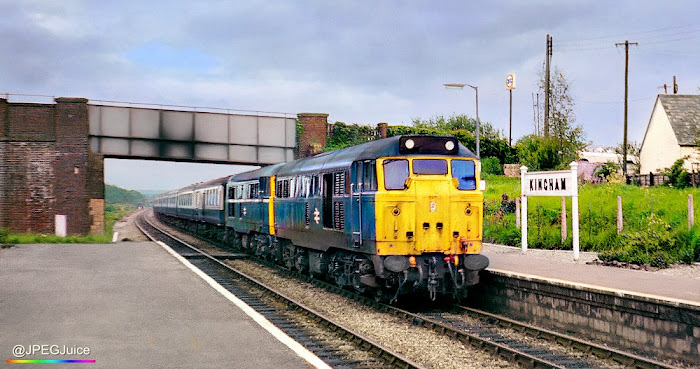It's like having a magic wand. Guaranteeing a sunny shot even when it's cloudy...

...And would you like some sunshine in that picture? Details in the body text, further down the post.
The images in this post may look deceptively normal. But their creation path was anything but. Whether the surprise was in how they were taken, or what happened after they were taken, these images are proof that railway photography is not always quite as simple as pointing an SLR at a train and hitting the shutter release.
In the rundown you'll find impromptu optical jiggery-pokery, Stonehenge-era detective work, some extremely un-digital restoration, and an almost godlike plan to change the course of the weather! So let's not delay any further. It's time to ascend into the unseen world of unconventional rail photographers' tactics...




